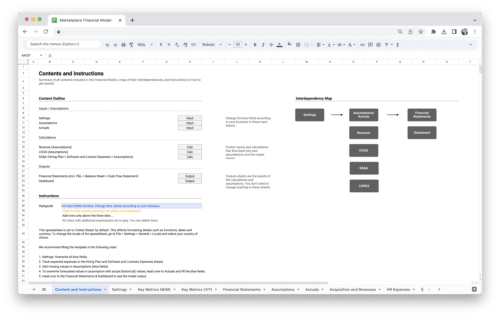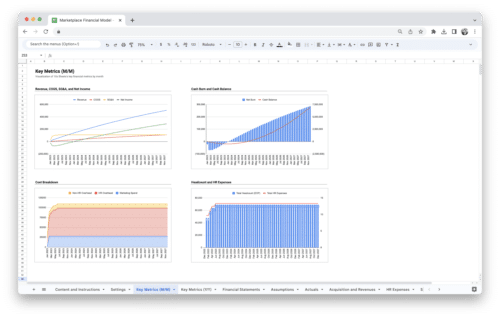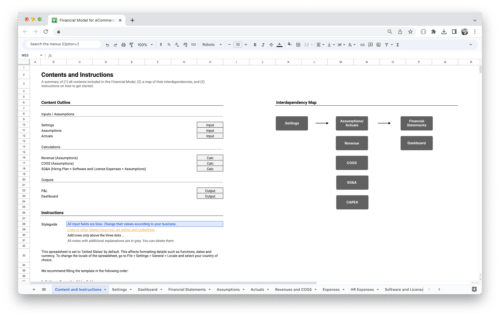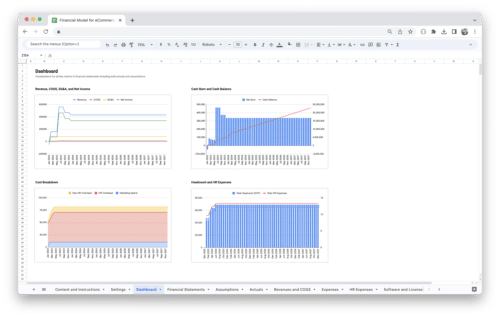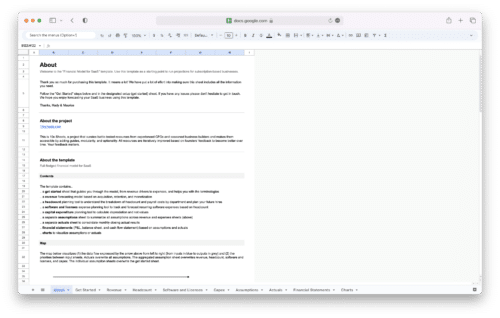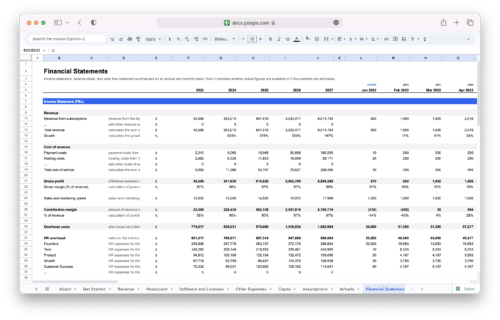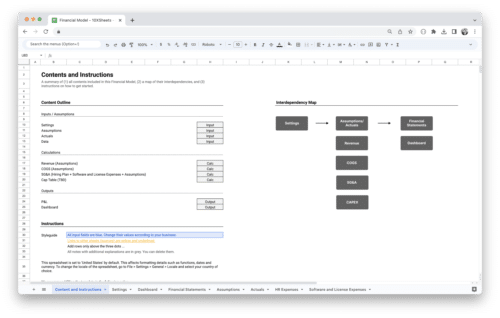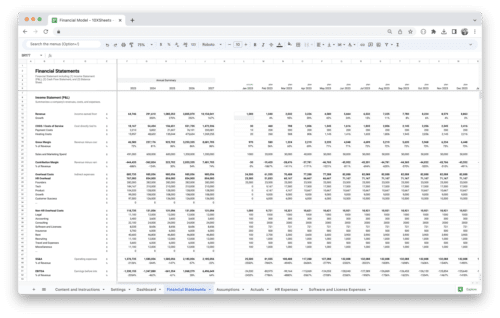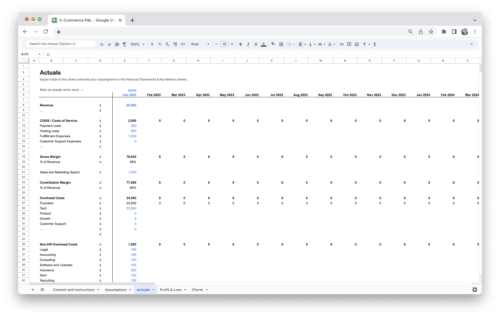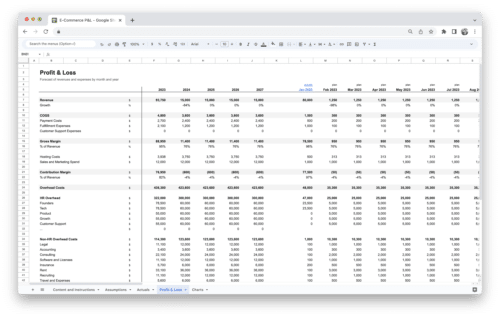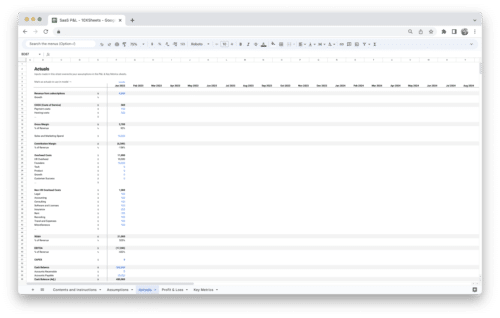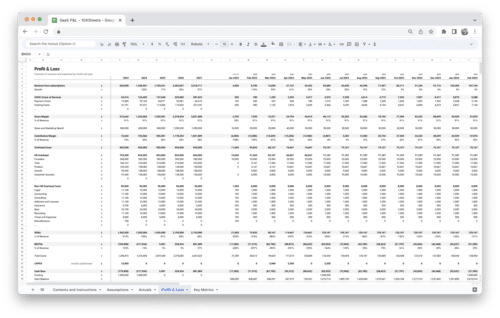
Yield to Worst (YTW) is a bond yield calculation representing the lowest possible yield an investor can receive if a bond is called or matured early. It is an important metric for investors who want to understand the downside risk of their bond investments.
What is YTW?
YTW (Yield to Worst) is a bond yield calculation that takes into account the possibility of a bond being called or matured early. It represents the lowest yield an investor can receive if a bond is called or matured early and is, therefore, a measure of the downside risk of a bond investment. The YTW calculation assumes that the bond will be called or matured on the earliest possible date.
How to Calculate Yield to Worst (YTW)?
Yield to Worst (YTW) is calculated using the following formula:
YTW = MIN(YTC, YTM, YTP)
Where:
- YTC (Yield to Call) is the yield an investor would receive if the bond is called by the issuer on the earliest possible call date.
- YTM (Yield to Maturity) is the yield an investor would receive if the bond is held until maturity.
- YTP (Yield to Put) is the yield an investor would receive if the bond is put back to the issuer on the earliest possible put date.
The YTW calculation takes the minimum of the three yields (YTC, YTM, and YTP) as the lowest possible yield an investor can receive.
Example of Yield to Worst (YTW) Calculation
Assume a bond has a current market price of $1,000, a coupon rate of 5%, and a maturity date of 10 years. The bond can be called by the issuer after 5 years at a call price of $1,050, and can be put back to the issuer after 3 years at a put price of $975. The yield to call (YTC) is 4%, the yield to maturity (YTM) is 5%, and the yield to put (YTP) is 3.8%.
To calculate the yield to worst (YTW), we take the minimum of YTC, YTM, and YTP:
YTW = MIN(4%, 5%, 3.8%) = 3.8%
Therefore, the yield to worst (YTW) for this bond is 3.8%, which represents the lowest yield an investor can receive if the bond is called or matured early.
Importance of Yield to Worst
Yield to Worst (YTW) is an essential metric for investors because it provides a measure of the downside risk of a bond investment. By considering the possibility of a bond being called or matured early, YTW gives investors a more complete picture of the potential returns and risks associated with a bond investment.
Limitations of Yield to Worst
While Yield to Worst provides a measure of the downside risk of a bond investment, it has some limitations. These limitations include:
- Assumptions: YTW assumes that the bond will be called or matured on the earliest possible date, which may not be the most likely scenario.
- Call risk: YTW does not take into account the potential impact of call risk, which is the risk that the issuer will call the bond when interest rates have fallen, resulting in a lower reinvestment rate for the investor.
- Interest rate risk: YTW does not consider the potential impact of interest rate risk, which is the risk that changes in interest rates will affect the value of the bond.
Conclusion
Yield to Worst (YTW) is an important metric for investors who want to understand the downside risk of their bond investments. It takes into account the possibility of a bond being called or matured early, providing a complete picture of the potential returns and risks associated with a bond investment.
However, YTW has some limitations, including its assumptions and failure to account for call and interest rate risks. Overall, YTW is a valuable tool for bond investors but should be used in conjunction with other metrics to make informed investment decisions.
Get Started With a Prebuilt Template!
Looking to streamline your business financial modeling process with a prebuilt customizable template? Say goodbye to the hassle of building a financial model from scratch and get started right away with one of our premium templates.
- Save time with no need to create a financial model from scratch.
- Reduce errors with prebuilt formulas and calculations.
- Customize to your needs by adding/deleting sections and adjusting formulas.
- Automatically calculate key metrics for valuable insights.
- Make informed decisions about your strategy and goals with a clear picture of your business performance and financial health.

